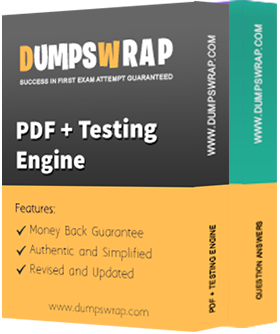ISTQB Certified Tester Advanced Level - Test Automation Engineer TAE Dumps Questions and Answers
Exam Code:
TAE
Exam Name:
ISTQB Certified Tester Advanced Level - Test Automation Engineer
Certification:
Test Automation Engineering
Vendor:
BCS
Exam Questions:
0
Last Updated:
N/A
Exam Status:
Stable

BCS Test Automation Engineering TAE Exam Dumps
DumpsWrap offers BCS ISTQB Certified Tester Advanced Level - Test Automation Engineer real exam questions and practice test engine with real questions and verified answers. Try ISTQB Certified Tester Advanced Level - Test Automation Engineer exam questions for free. You can also download a free PDF demo of BCS ISTQB Certified Tester Advanced Level - Test Automation Engineer exam. Our ISTQB Certified Tester Advanced Level - Test Automation Engineer Combo Package for which includes PDF (Printable Format) and Testing Engine (Works on Windows and MAC) which ensures you to go through all certification topics and provides you ultimate satisfaction to pass your exam in your first attempt.

